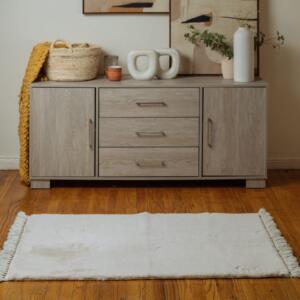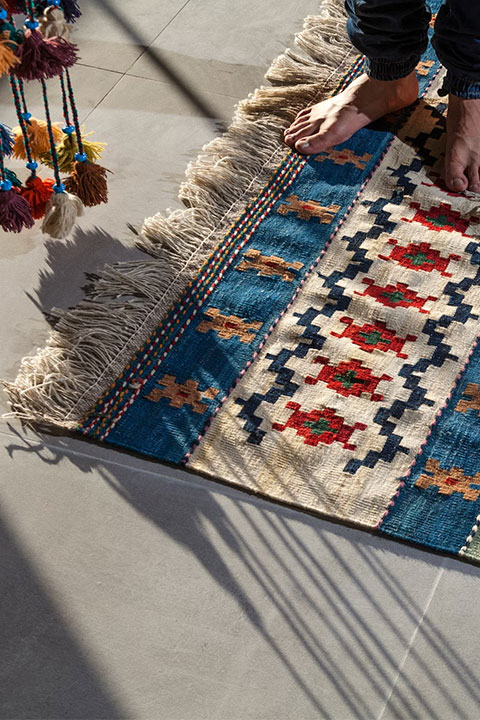One of the most important objects in Islam is the prayer rugs. It is called “sajjada” in Arabic. For Muslims, it provides a tidy and respectful place to offer prayers. Let us begin to examine the fascinating background and present of prayer mat usage in the Muslim religion.
The Prayer Rug’s History
-
Earlier Islamic Periods
There were no particular prayer rugs in the early days of Islam. Muslims would offer their prayers on any clean surface that was available. This might be a piece of fabric, a mat composed of organic materials like palm leaves, or just a perfectly clean area on the floor.
-
Evolution Over Centuries
Dedicated prayer rugs grew more popular as Islam expanded around the world. Prayer rugs began to be made in various forms in various locations. Each prayer rug has its own cultural and artistic heritage. These mats began as plain cloth pieces and developed into exquisitely crafted objects with a wealth of cultural significance throughout time.
-
Introduction of Decorative Designs
Prayer rugs were initially quite basic. But as time passed, they started to have increasingly complex patterns and motifs. These frequently included geometric designs, floral patterns, and representations of the Mihrab—the wall niche in a mosque that faces Mecca. But with time people didn’t like using these rugs. These ornaments are considered to be the reason for procrastination.
How Prayer Rugs Are Used Today
-
Creating a Clean Space
Maintaining cleanliness during prayer is one of the main functions of a prayer rug. Islam emphasizes hygiene heavily, particularly while engaging in religious rituals. The prayer rug offers a clean surface that shields the worshipper from any dirt or debris on the floor.

-
Establishing a Sacred Space
Muslims spread out their prayer rugs on the ground facing Mecca, Saudi Arabia. This ritual aids in establishing a clearly defined, holy area used only for worship. It prepares the mind and heart to concentrate on prayer.
-
Enhancing Focus and Concentration
Prayer rugs frequently feature simple patterns that foster serenity and tranquility. By minimizing outside distractions, these designs can help worshippers focus more intently on their prayers. Setting up the mat and walking on it also acts as a signal to enter a worshipful state.
-
Providing Comfort During Prayer
Islamic prayer entails several bodily postures, such as kneeling, bowing, and standing. It is easier to keep concentration and dedication during the prayer while using a well-made prayer rug, which provides a soft and pleasant surface for these movements.
-
Portability for Praying Anywhere
Muslims find it easy to take prayer rugs with them wherever they travel since they are small and lightweight. With a prayer rug, Muslims may make a tidy and consecrated place for prayer at all times—at home, in the mosque, or on the go.
Cultural and Personal Significance
-
Reflecting Cultural Heritage
Prayer rug patterns are a reflection of the Muslim community that made them. Each Islamic country has its feature design of Islamic prayer rugs. The prayer mat is made more beautiful and significant by these cultural components.
-
Individual Relationship
A prayer mat is more than simply a practical object for many Muslims. Particularly if it has been handed down through the years or received as a gift, it may have special meaning for you. This close relationship may foster a sense of continuity and belonging while also deepening the spiritual experience.
Conclusion
Akimusalat knows that one of the most beloved and important aspects of Islamic prayer is the prayer mat. The purpose of our prayer mat is to provide a tidy, holy area for worship. We aim to aid Muslims all around the world in finding serenity, comfort, and focus in their prayers today. Order now to have simply exquisitely designed Islamic Prayer Rugs to keep your prayer protected from procrastination.
